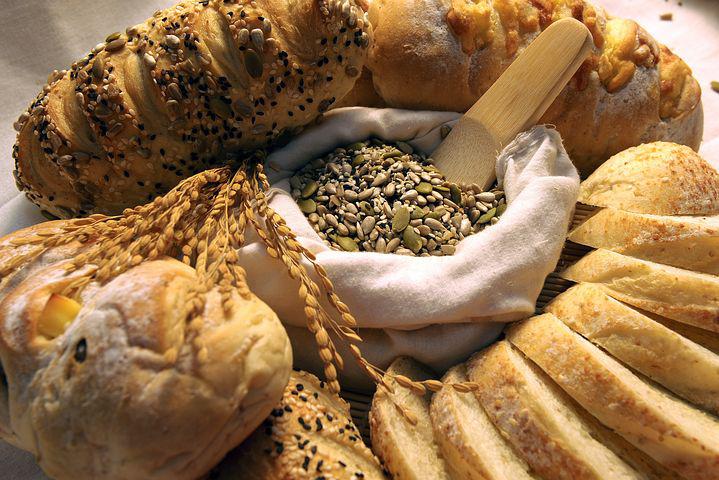Pet Food Math?
All you ever wanted to know about your pet food label in numbers
Calculating Carbohydrates – Part 1
How much sugar does my kibble have?
Do you think sugar when you hear the term carbohydrates? If you don’t, then you should. The majority of Carbohydrates turn into sugar in the body. You would be amazed at the amount of sugar in popular bags of kibble. Yes, even the expensive, veterinarian recommended brands like Science Diet and Royal Canin.
As humans, we need to monitor our sugar intake and dogs are no different. Would you be surprised to know that even “Super Premium” Recipes of Dry Dog Food can have 50+% carbohydrates (AKA Sugar)? Most things are not dangerous when fed in moderation. However, when you feed a cup of kibble to your dog, and nearly half of that turns into sugar in the body, we are increasing the risks of metabolic diseases including cancer. Nearly half of dogs over the age of 10 will develop some sort of cancer. As the use of carbohydrate rich kibble products increases, so too do disease rates! We can’t ignore the correlation.
Did you ever notice that Carbohydrates aren’t even listed on your pet’s food label? Why is that, you may ask? There are a couple of reasons.
- Regulators and scientists agree that there is no nutritional need for carbohydrates the diet of cats or dogs. As a matter of fact, “carbohydrates” are not even defined in the AAFCO official handbook or any State Law.
- Companies that utilize large amounts of inexpensive carbs in their products don’t want to draw attention to that fact. If you see “64% carbs” on a label you might think twice before buying it. But if you see, instead, “Protein – 20%, Fat – 5%, Fiber – 1%, Moisture – 10%” you are unlikely to even notice that it doesn’t add up to 100%. You are even less likely to think, “the difference must be carbohydrates because those aren’t listed.” In summary, you’re easier to trick if they just don’t draw attention to it at all!
All that being said, how do you know how many carbohydrates are in a bag of food? Since it’s not required to be listed on your pet’s food you must calculate the percentage on your own. Don’t worry! It’s very easy to calculate.
Take a look at this example Guaranteed Analysis. This is where you will find everything you need* to figure out the carbohydrate percentage.
| Crude Protein (Min) | 24% |
| Crude Fat (Min) | 7% |
| Crude Fiber (Max) | 4% |
| Moisture (Max) | 10% |
3,973kcals/kg, 451kcals/cup
Add the following together:
Protein + Fat + Fiber + Moisture
In this example it would be 24 + 7 + 4 + 10 = 45
(All products below “moisture” are micronutrients, aka Vitamins and Minerals, which are contained within macronutrients. Therefore, they are already calculated in the protein, fat, fiber and moisture)
Take that total and subtract it from 100.
100 – 45 = 55
This particular food has 55% carbohydrates!!! That is insane because that means that over half of your pet’s food consists of a macronutrient that scientists and regulators say that your pet DOESN’T NEED! In other words, if you purchased that product for $100, $55+ of it is wasted!
*The only thing that is not listed is Ash. Sometimes its listed and sometimes it isn’t. If you want to be more precise, you can assume its 6% for a dry product and 3% for a wet product. Alternatively, you can call the company and ask them for this percentage.
I would also recommend watching this video. Its Dr. Karen Becker and Rodney Habib talking about popular food brands and how much sugar they have. It’s a nice visual for the topic of sugar in food. The Unknown Sugar in Pet Food
Click “Next Post” for Part 2
How many calories are there per ounce of food? (plus “Calculating from the Guaranteed Analysis”)
